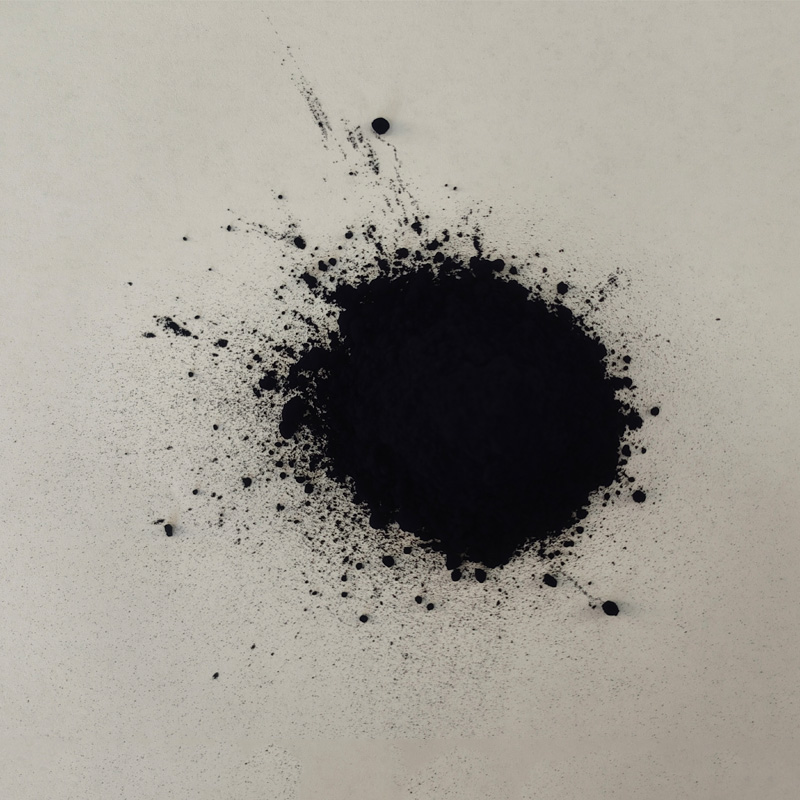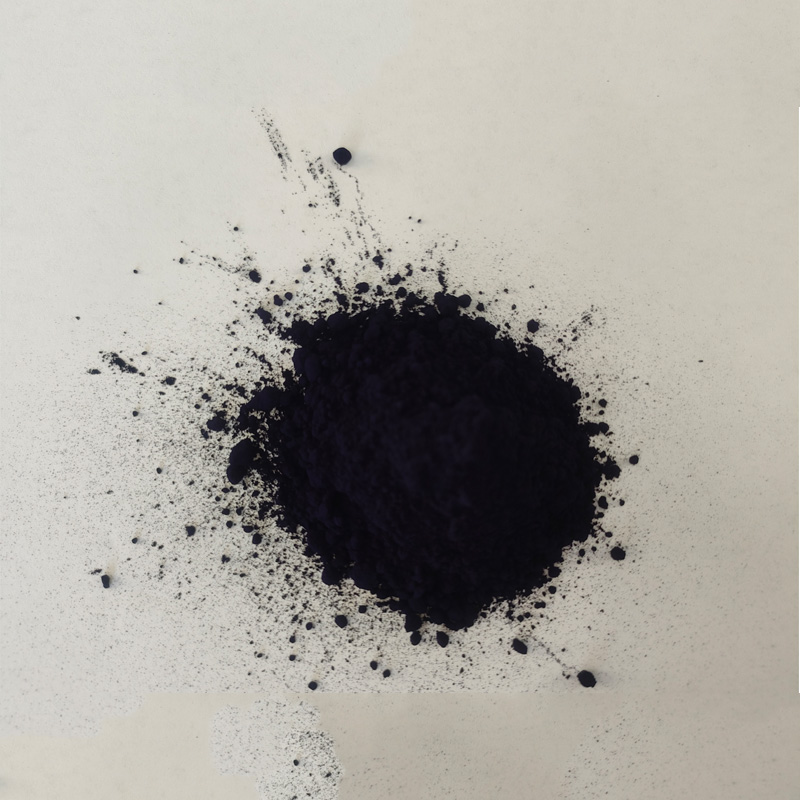Indigo Blue Granular Company—High Purity, Fast Shipping?
Inside the shift to granular vat blues: what buyers really ask
If you’re hunting for an indigo blue granular company that understands denim mills and workwear dye houses, you’ve probably noticed a trend: granules are quietly replacing dusty powders. To be honest, it’s not just about cleaner floors. It’s dosing accuracy, safer handling, and—surprisingly—more repeatable shades across shifts.
The product in question here is Bromo Indigo (a.k.a. Vat Bromo‑Indigo; C.I. Vat Blue 5; CAS 2475‑31‑2), a classic vat dye for cotton. Origin-wise, it comes via HEBEI FUXIN INTERNATIONAL TRADE CO., LTD., A-1205, MCC World Grand Plaza, 66 Xiangtai Road, Shijiazhuang 050023, China. I’ve seen their granules packed tight, low dust, which makes lab techs happier (and frankly, healthier).

Where it’s used and why it matters
- Denim warp dyeing (slasher/rope)—deep, slightly red-leaning indigo tone.
- Piece dyeing of cotton workwear, uniforms, and twills that need wash fastness.
- Small-batch artisanal vats—because granules meter easier than powders.
Advantages? Reduced dust, stable feed in automatic dissolvers, and lot-to-lot shade stability. Many customers say granules make inventory control less messy, literally and operationally.
Process flow (typical vat method for cotton)
- Wet-out and alkali: NaOH ≈ 2–3 g/L.
- Reduction: Sodium dithionite (Na2S2O4) ≈ 3–6 g/L, 50–55°C, build clean leuco.
- Dyeing: 10–30 min depending on depth; liquor ratio around 10:1 (lab) or as plant set.
- Oxidation: Air or 1–2 g/L H2O2; rinse.
- Soaping: 95°C to level; final neutralization and rinse.
Service life? On heavy-duty cottons, Grade 4+ wash fastness after ≈75 industrial cycles is common in practice—real-world use may vary with chemistry and finishing.
Product specifications (indicative)
| Product name | Bromo Indigo; Vat Bromo‑Indigo; C.I. Vat Blue 5 |
| Molecular formula | C16H6Br4N2O2 |
| CAS / HS code | 2475-31-2 / 3204151000 |
| Form / shade | Granules; deep indigo‑blue, slightly red tone |
| Color strength | ≈100% of internal standard (lot COA) |
| Particle size (D50) | ≈300–600 µm (granular) |
| Moisture / insolubles | ≤1.0% / ≤0.3% |
| Compliance | REACH, ZDHC MRSL intent; SDS & COA available |
| Packaging | 25 kg bags/drums (typical) |
Testing snapshots (on cotton, medium depth): ISO 105‑C06 wash fastness Grade 4–5; ISO 105‑X12 rubbing 4 (dry) / 3–4 (wet); ISO 105‑B02 lightfastness 6–7. These are lab results—plant lines vary.

Vendor comparison (quick take)
| Feature | HEBEI FUXIN | Local Blender | Trading House |
|---|---|---|---|
| Lot-to-lot ΔEab | ≈0.5–0.8 (target) | ≈0.8–1.2 | Varies by source |
| Dust control | Low (granular) | Medium | Medium–High |
| Lead time | ≈2–3 weeks | ≈1–2 weeks | 3–5 weeks |
| Certs/support | COA/SDS; ISO docs on request | Limited | Depends on supplier |
Customization and feedback
Shade tweaks (slightly redder/greener), granule hardness, and D50 can be tailored within reason. A denim mill buyer told me their operators “stopped chasing shade” after switching—less rework, fewer tweaks to hydros dosing. That’s the quiet ROI.
A quick case
One Southeast Asian rope-dye line cut chemical dust by ≈35% (in-house HSE log) after moving to granules, and achieved wash fastness Grade 4–5 consistently on ISO 105‑C06. Not world news, but on the shop floor it matters.
If you need a steady indigo blue granular company with denim experience, a indigo blue granular company that ships clean granules and good paperwork saves headaches later—especially during audits.
Standards and references
-
Explore Sustainable Indigo Manufacturing & Dye Industry Trends | Wuxin Indigo
NewsNov.24,2025
-
Discover Indigo On: Innovative Modular Solutions for Global Sustainability
NewsNov.24,2025
-
Explore Traditional & Sustainable Indigo Production in India | Eco-Friendly Dye Solutions
NewsNov.23,2025
-
Indigo Suppliers: Sustainable Dyeing Solutions for Global Textile Industry
NewsNov.23,2025
-
Instant Indigo – Fast, Eco-Friendly Indigo Dye Solutions for Modern Industry
NewsNov.22,2025
-
Japanese Indigo Cloth – Sustainable Tradition Meets Modern Textile Innovation
NewsNov.22,2025
-
Comprehensive Guide to How to Make Blue Dye – Sustainable & Practical Insights
NewsNov.22,2025

Sulphur Black
1.Name: sulphur black; Sulfur Black; Sulphur Black 1;
2.Structure formula:
3.Molecule formula: C6H4N2O5
4.CAS No.: 1326-82-5
5.HS code: 32041911
6.Product specification:Appearance:black phosphorus flakes; black liquid

Bromo Indigo; Vat Bromo-Indigo; C.I.Vat Blue 5
1.Name: Bromo indigo; Vat bromo-indigo; C.I.Vat blue 5;
2.Structure formula:
3.Molecule formula: C16H6Br4N2O2
4.CAS No.: 2475-31-2
5.HS code: 3204151000 6.Major usage and instruction: Be mainly used to dye cotton fabrics.

Indigo Blue Vat Blue
1.Name: indigo blue,vat blue 1,
2.Structure formula:
3.Molecule formula: C16H10N2O2
4.. CAS No.: 482-89-3
5.Molecule weight: 262.62
6.HS code: 3204151000
7.Major usage and instruction: Be mainly used to dye cotton fabrics.

